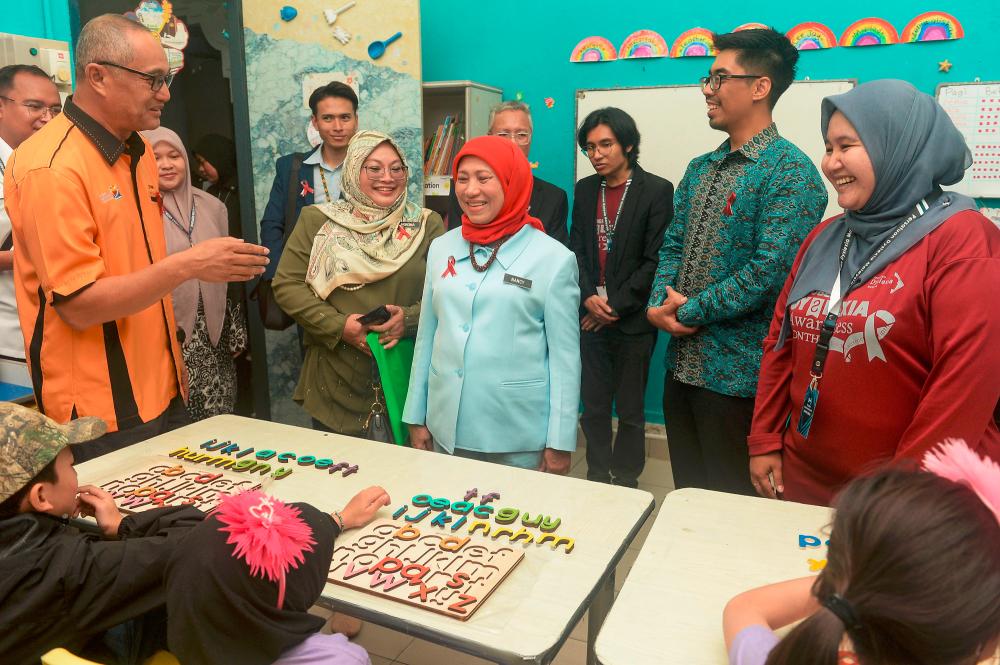PETALING JAYA: About 13,300 government school students with special needs have dyslexia, according to the Education Ministry Special Education Data.
The Health Ministry also said between 4% and 8% of school students, or between 200,000 and 400,000, are dyslexic and face difficulties in reading, writing, spelling and comprehension.
In conjunction with the Dyslexia Awareness Month, which falls in October, the Dyslexia Association of Malaysia said awareness of dyslexia is low in the country compared with autism and attention-deficit hyperactivity disorder (ADHD).
Its senior coordinator Mohd Fairoz Aflin Roslan said: “We want to raise awareness on the disability so people will understand that dyslexics are not stupid or slow learners. They just have a problem with their eyes.
“This disability requires a lot of understanding and support so sufferers are not misunderstood.”
Mohd Fairoz said dyslexia is a lifelong condition that makes it difficult for individuals to read, write and spell proficiently.
“Contrary to popular misconception, it is not easily detected in early childhood. Confusion between letters “b” and “d” and “p” and “q” is not necessarily indicative of dyslexia.
“Only if it persists beyond eight or nine years of age do children risk having dyslexia.”
He added that since dyslexia is incurable, children with the condition would face unique challenges when they are adults.
“While intervention during childhood can improve reading, counting, and spelling abilities, dyslexics may continue facing challenges in other areas, like constructing coherent sentences.
“It is important to understand and accommodate their needs.
“Dyslexic survivors may struggle with tasks that others find straightforward,” he said.
Mohd Fairoz added that dyslexic adults would display informal speech patterns and a unique thought process, especially when they are recounting stories.
“Their train of thought may appear disjointed, akin to assembling a puzzle.
“It is important to be patient and provide necessary support to help them express themselves effectively.”
He said the level of difficulty and progress of dyslexic children will be monitored by the association.
“If a child makes good progress in six months, he will usually be on par with his non-dyslexic peers and can attend mainstream schools.”
However, some dyslexic students progress very slowly and could take up to a year to grasp how to read correctly.
“At the association, regardless of age, the intervention depends on their level so it doesn’t matter if other students of the same age are progressing faster.”
Mohd Fairoz said the association tailors its support to each student’s unique needs.
If comorbid conditions, such as ADHD, autism or global development delay, are detected, they are addressed in conjunction with the dyslexia intervention.
The association has its module based on what is issued by the Education Ministry.
“The ministry module consists of a framework, which we use as a guide, and then we mix with our multi-sensory approach.”
The association’s four branches in Ampang, Subang Jaya, Bangi and Taman Tun Dr Ismail, conduct classes for dyslexic children from the age of six to nine. It currently serves 280 dyslexic children and has 30 teachers across its four branches.
During the launch of Dyslexic Awareness Month on Oct 17, Women, Family and Community Development Minister Datuk Seri Nancy Shukri pledged to help dyslexic children, especially in rural areas, with various initiatives.









